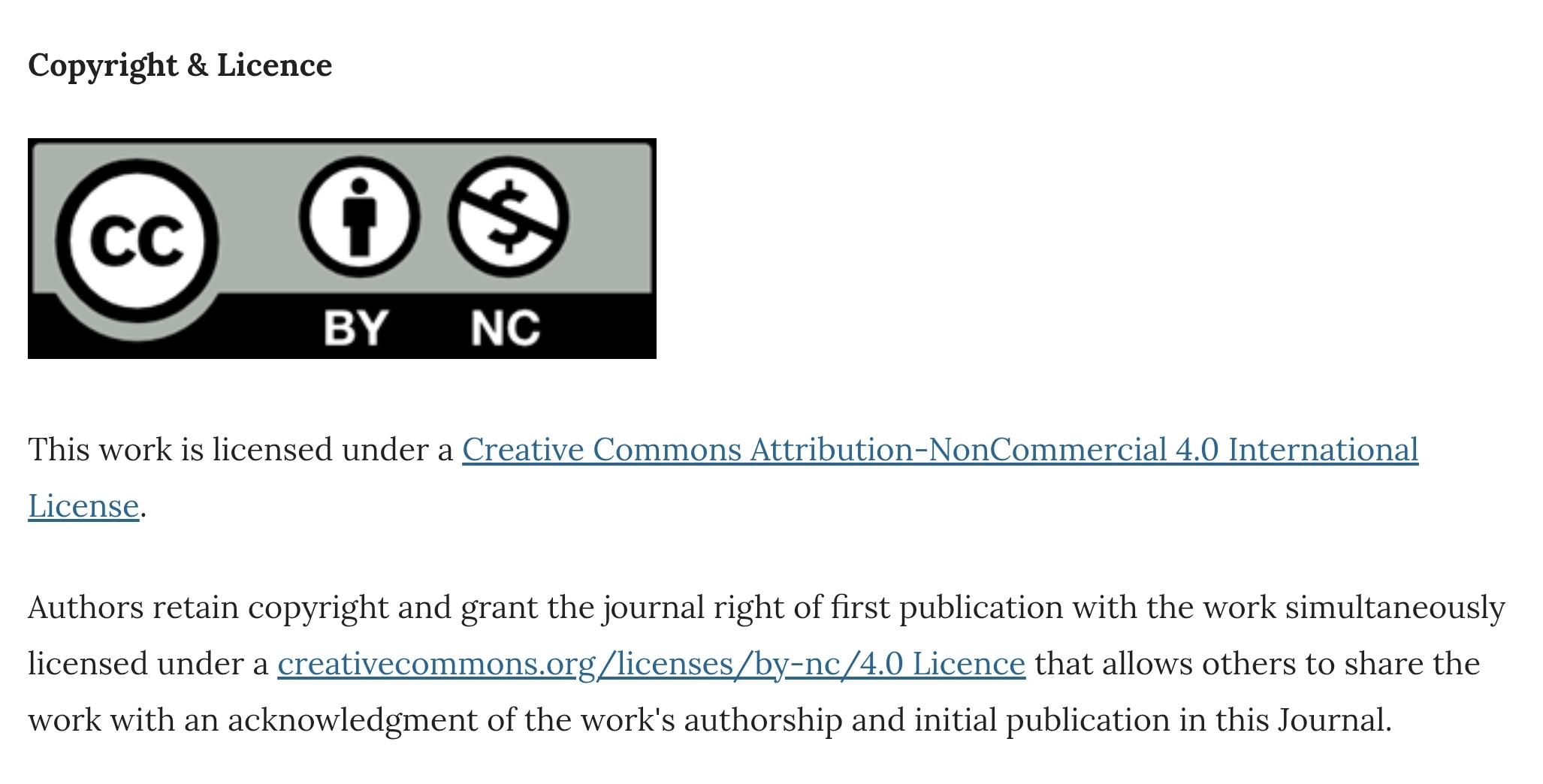Phenomenology of delirium in decompensated liver disease patients-a prospective observational study
DOI:
https://doi.org/10.30834/KJP.34.2.2021.285Keywords:
Delirium, hepatitis, Hepatic encephalopathy, cirrhosisAbstract
Background: Decompensated liver disease (DCLD) is associated with various cognitive changes. The present study aimed to estimate the prevalence, phenomenology, and course of delirium in decompensated liver disease patients. Methods: This prospective observational study was done on 111 patients admitted to the gastroenterology department with the diagnosis of DCLD. Richmond Agitation Sedation Scale (RASS) and confusion assessment method (CAM) were used to detect delirium for the first five consecutive days. Patients detected to be having delirium were administered a delirium rating scale (DRS) for the next seven days to evaluate the features of delirium. Descriptive analysis was carried out by mean and standard deviation for quantitative variables, frequency, and proportion for categorical variables. For normally distributed quantitative parameters, the mean values were compared using an independent sample t-test. Categorical outcomes were compared between study groups using the chi-square test. coGuide version V.1.0 was used for statistical analysis. Results: The prevalence of delirium among patients with DCLD was 34 (30.63%). All delirious patients continued to have delirium symptoms for the initial three days. Six patients remitted as early as the fourth day of DRS assessment, while nine patients continued to have delirium symptoms even by the seventh day of evaluation. Conclusion: Nearly one-third of patients with DCLD presented with delirium. They presented with insomnia, cognitive deficits, motor retardation, and minimal psychotic symptoms. Many patients completely recovered from delirium within a week, but a few had delirium up to the seventh day.
Downloads
References
Mardini H, Saxby BK, Record CO. Computerized Psychometric Testing in Minimal Encephalopathy and Modulation by Nitrogen Challenge and Liver Transplant. Gastroenterology. 2008;135:1582–90.
Córdoba J, Sanpedro F, Alonso J, Rovira A. 1H magnetic resonance in the study of hepatic encephalopathy in humans. Metab Brain Dis. 2002;17:415–29.
Sanders RD. Delirium, neurotransmission, and network connectivity: The search for a comprehensive pathogenic framework. Anesthesiology. 2013;118:494–6.
Morandi A, Pandharipande P, Trabucchi M, Rozzini R, Mistraletti G, Trompeo AC, et al. Understanding international differences in terminology for delirium and other types of acute brain dysfunction in critically ill patients. Intensive Care Med. 2008;34(10):1907–15.
Meyer T, Eshelman A, Abouljoud M. Neuropsychological Changes in a Large Sample of Liver Transplant Candidates. Transplant Proc. 2006;38(10):3559–60.
Reinehr R, Görg B, Becker S, Qvartskhava N, Bidmon HJ, Selbach O, et al. Hypoosmotic swelling and ammonia increase oxidative stress by NADPH oxidase in cultured astrocytes and vital brain slices. Glia. 2007;55(7):758–71.
Perry W, Hilsabeck RC, Hassanein T. Cognitive dysfunction in chronic hepatitis C: A review. Dig Dis Sci. 2008;53(2):307–21.
Bajaj JS, Saeian K, Verber MD, Hischke D, Hoffmann RG, Franco J, et al. Inhibitory control test is a simple method to diagnose minimal hepatic encephalopathy and predict development of overt hepatic encephalopathy. Am J Gastroenterol. 2007;102(4):754–60.
Bajaj JS. Review article: The modern management of hepatic encephalopathy. Aliment Pharmacol Ther. 2010;31(5):537–47.
Butterworth RF. Hepatic encephalopathy - A serious complication of alcoholic liver disease. Alcohol Res Heal. 2003;27(2):143–5.
Kundra A, Jain A, Banga A, Bajaj G, Kar P. Evaluation of plasma ammonia levels in patients with acute liver failure and chronic liver disease and its correlation with the severity of hepatic encephalopathy and clinical features of raised intracranial tension. Clin Biochem. 2005;38(8):696–9.
Onyekwere CA, Ogbera AO, Hameed L. Chronic liver disease and hepatic encephalopathy: Clinical profile and outcomes. Niger J Clin Pract. 2011;14(2):181–5.
Leonard M, Adamis D, Saunders J, Trzepacz P, Meagher D. A longitudinal study of delirium phenomenology indicates widespread neural dysfunction. Palliat Support Care. 2015;13(2):187–96.
Ross CA, Peyser CE, Shapiro I, Folstein MF. Delirium: Phenomenologic and Etiologic Subtypes. Int Psychogeriatrics. 1991;3(2):135–47.
Poordad FF. The burden of hepatic encephalopathy. Aliment Pharmacol Ther. 2007;25:3–9.
Stockwell T, Murphy D, Hodgson R. The Severity of Alcohol Dependence Questionnaire: Its Use, Reliability and Validity. Br J Addict. 1983;78(2):145–55.
Inouye SK, Van Dyck CH, Alessi CA, Balkin S, Siegal AP, Horwitz RI. Clarifying confusion: The confusion assessment method: A new method for detection of delirium. Ann Intern Med. 1990;113(12):941–8.
Ortiz M, Córdoba J, Doval E, Jacas C, Pujadas F, Esteban R, et al. Development of a clinical hepatic encephalopathy staging scale. Aliment Pharmacol Ther. 2007;26(6):859–67.
BDSS Corp. Released 2020. coGuide Statistics software, Version 1.0, India: BDSS corp. Available from: https://www.coguide.in. [Last accessed on 2021 Aug 10].
Barboza KC, Salinas LM, Sahebjam F, Jesudian AB, Weisberg IL, Sigal SH. Impact of depressive symptoms and hepatic encephalopathy on health-related quality of life in cirrhotic hepatitis C patients. Metab Brain Dis. 2016;31(4):869–80.
Bustamante J, Rimola A, Ventura PJ, Navasa M, Cirera I, Reggiardo V, et al. Prognostic significance of hepatic encephalopathy in patients with cirrhosis. J Hepatol. 1999;30(5):890–5.
Papatheodoridis G V., Goulis J, Leandro G, Patch D, Burroughs AK. Transjugular intrahepatic portosystemic shunt compared with endoscopic treatment for prevention of variceal rebleeding: A meta-analysis. Hepatology. 1999;30(3):612–22.
Sherlock S, Summerskill WHJ, White LP, Phear EA. Portal-Systemic Encephalopathy Neurological Complications of Liver Disease. Lancet. 1954;264:453–7.
Montagnese S, Middleton B, Skene DJ, Morgan MY. Night-time sleep disturbance does not correlate with neuropsychiatric impairment in patients with cirrhosis. Liver Int. 2009;29(9):1372–82.
Grover S, Agarwal M, Sharma A, Mattoo SK, Avasthi A, Chakrabarti S, et al. Symptoms and aetiology of delirium: A comparison of elderly and adult patients. East Asian Arch Psychiatry. 2013;23(2):56–64.
Fann JR, Alfano CM, Burington BE, Roth-Roemer S, Katon WJ, Syrjala KL. Clinical presentation of delirium in patients undergoing hematopoietic stem cell transplantation. Cancer. 2005;103:810–20.
McCusker J, Cole M, Dendukuri N, Han L BÉ. The course of delirium in older medical inpatients: A prospective study. J Gen Intern Med. 2003;18:696–704.
Boettger S, Breitbart W. Phenomenology of the subtypes of delirium: Phenomenological differences between hyperactive and hypoactive delirium. Palliat Support Care. 2011;9(2):129–35.
Krieger D, Krieger S, Theilmann L, Jansen O, Gass P, Lichtnecker H. Manganese and chronic hepatic encephalopathy. Lancet. 1995;346:270–4.
Downloads
Published
How to Cite
Issue
Section
License
Copyright (c) 2021 Kerala Journal of Psychiatry

This work is licensed under a Creative Commons Attribution-NonCommercial 4.0 International License.











